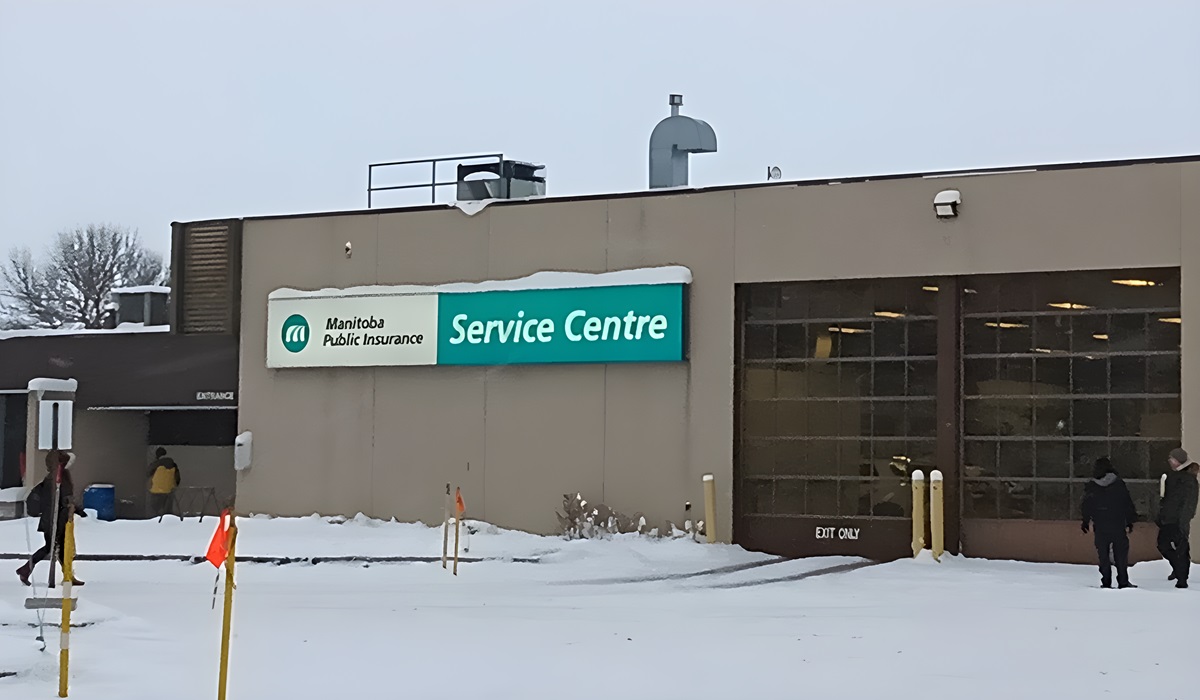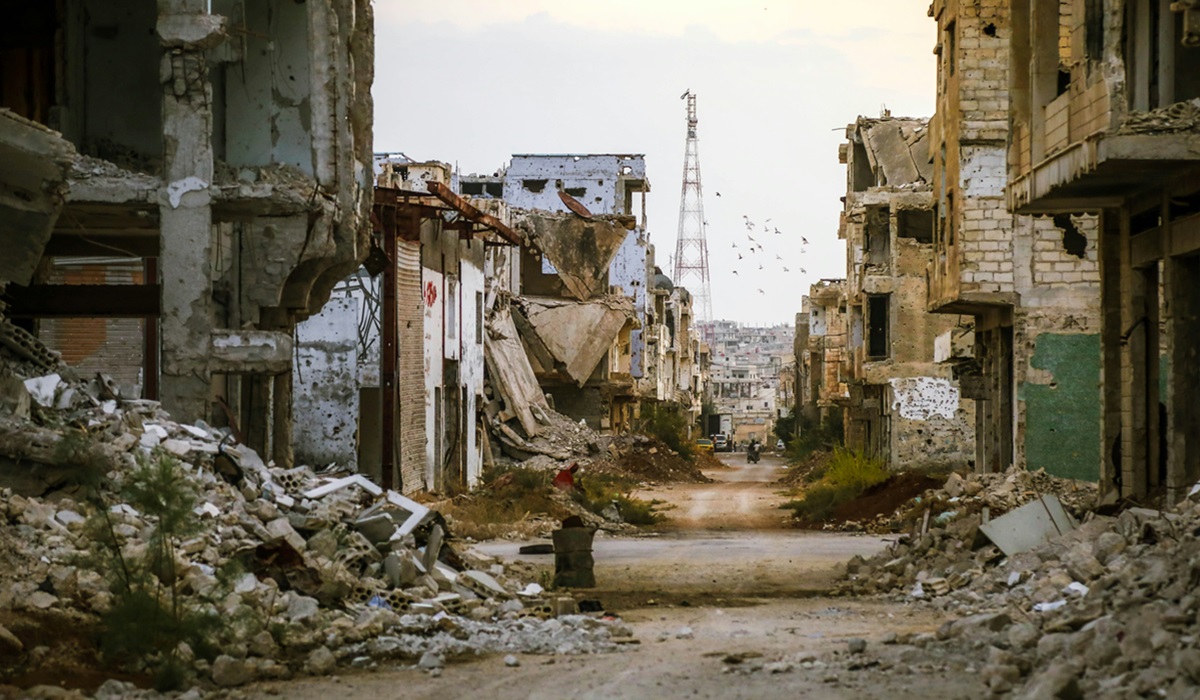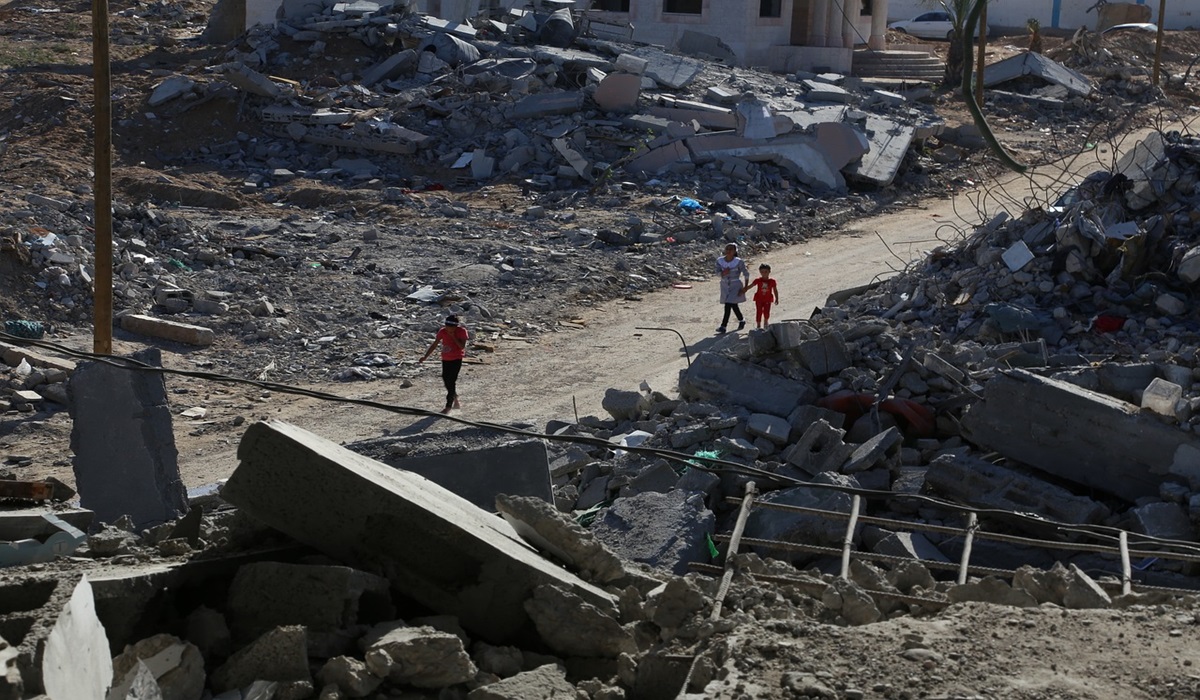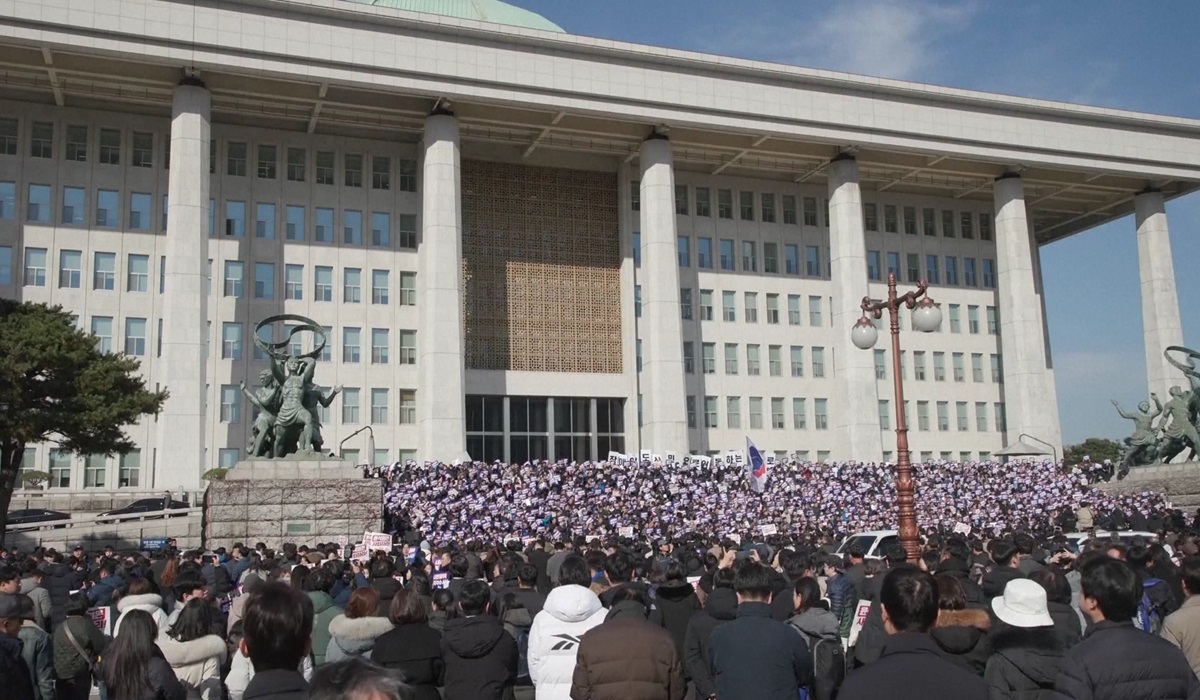Gaza’s Descent into Hell: Hospitals Destroyed, Aid Nowhere in Sight
- TDS News
- Breaking News
- July 24, 2024
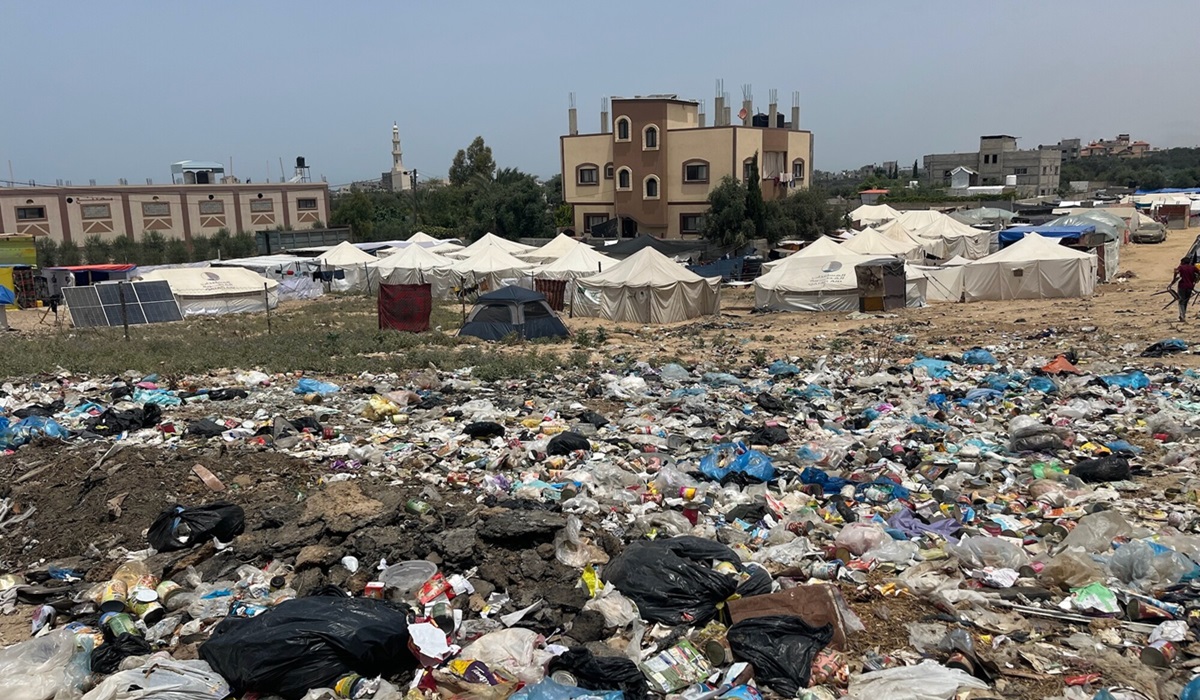
Image Credit, NRC
The situation in Gaza has deteriorated beyond recognition. Salma Altaweel, the Norwegian Refugee Council’s (NRC) Support Manager in Gaza City, paints a harrowing picture of life in northern Gaza, where hospitals have been obliterated, and small clinics, lacking essential supplies, struggle to provide basic care. Without fuel, the injured are transported by donkey carts, a grim testament to the region’s dire straits.
Gaza has endured two severe famine-like scenarios, with the first occurring during a complete siege over Ramadan. People were left without flour or tinned food, leading to significant weight loss and visible signs of malnutrition. The current crisis is equally devastating, with only tinned food available, offering little nutrition. Aid is scarce, and fresh produce, meat, or even sufficient meals are luxuries beyond reach. Breakfast typically consists of tea, a piece of bread, and zaatar without oil, while dinner is limited to tinned food.
The scarcity of food has led to desperate stampedes around the rare aid trucks that manage to arrive. Children, weakened by hunger, are unable to stand, and the deaths from malnutrition are mounting. Prices for basic necessities have skyrocketed, with an egg costing 8 ILS (2.20 USD), onions at 200 ILS (55 USD) per kilogram, and cooking gas at 150 ILS per liter (41.40 USD). The economic situation is bleak, with people who have lost their incomes unable to afford these inflated prices.
The threat of hostilities looms constantly. Israeli operations often begin after midnight, forcing people to flee to any perceived safety. These displacements can last for weeks, with families often having to move repeatedly. Salma’s family, for example, has been displaced 11 times. The economy and commerce are at a standstill, and cash liquidity is non-existent. Water treatment stations are inoperative, leading to sewage flooding the streets. Garbage is ubiquitous, and diseases like hepatitis A are spreading unchecked due to a lack of medicine and food. Fires caused by incendiary bombs add to the toxic environment.
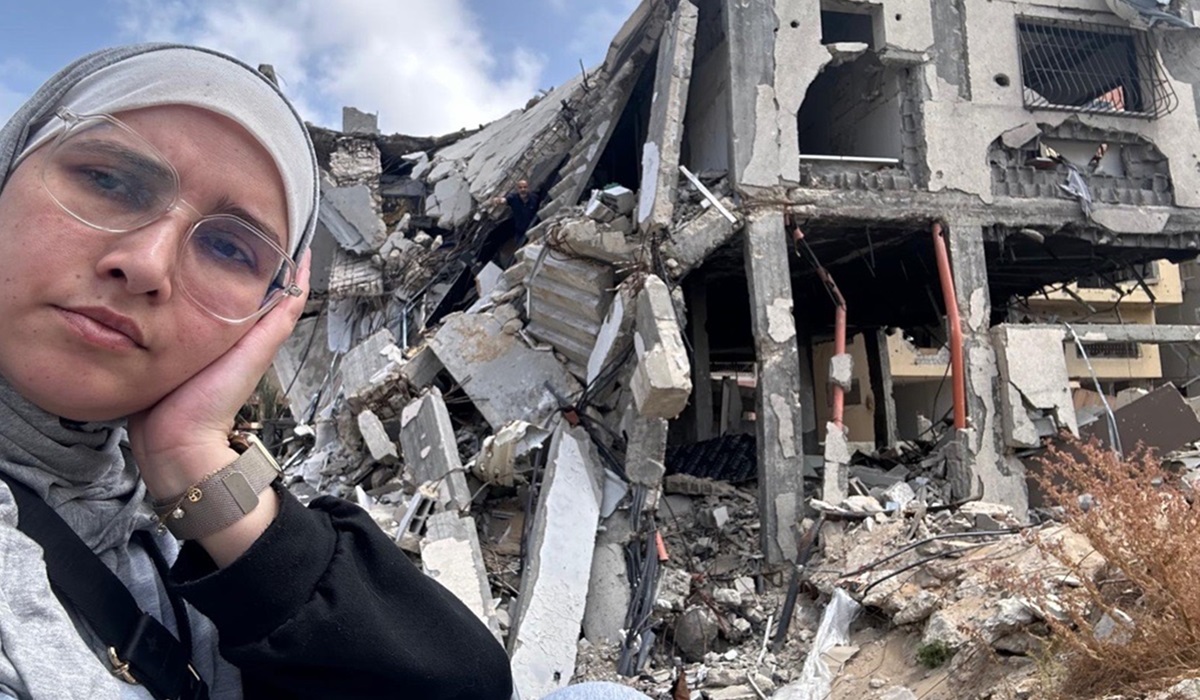
Salma expresses her frustration as an aid worker who finds herself unable to help those in need. Previous escalations saw her actively providing assistance, but the current hostilities have stymied even these efforts. The loss of an entire generation, without access to education or basic necessities, is a profound concern. Rebuilding the destroyed schools and resuming education could take years, a prospect that fills her with dread for her own school-aged children.
Recent updates from NRC teams in Gaza indicate that following an Israeli military relocation order, around 150,000 people have moved from eastern Khan Younis to Al-Mawasi and downtown areas. Humanitarian NGOs report systematic obstruction of aid by Israel, hindering the delivery of necessary supplies to those in need. Since May 3, NRC has not received aid at its warehouse due to these restrictions and a breakdown in law and order.
Despite these challenges, NRC’s efforts continue. Their water, sanitation, and hygiene (WASH) program delivers 168 cubic meters of safe drinking water daily to 43,000 internally displaced persons (IDPs) in makeshift sites. They have also begun manufacturing emergency latrines using local suppliers, which will be installed in underserved collective centers. Partnering with the local Beit Lahia Development Association, NRC has provided essential household items to 486 displaced families. Additionally, their Education in Emergencies program has resumed in four IDP sites in Deir al-Balah, aiming to address the educational needs of the displaced children.
What is unfolding in Gaza is an ongoing tragedy that demands immediate and sustained attention. The humanitarian crisis is a stark reminder of the urgent need for global intervention and support to alleviate the suffering of the people in Gaza.




